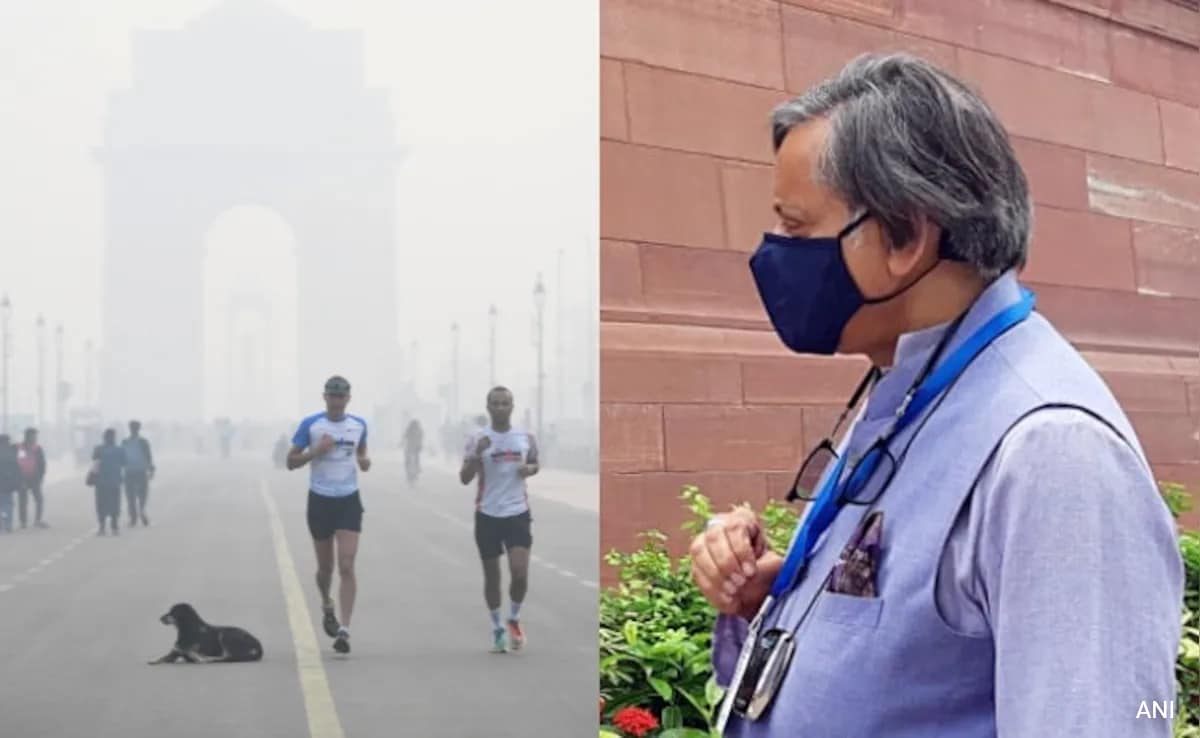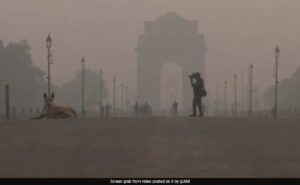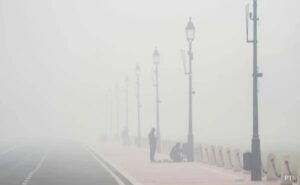Delhi’s AQI has worsened to the “severe-plus” category
New Delhi:
Senior Congress leader Shashi Tharoor on Monday questioned whether Delhi should remain the Indian capital as the city’s worsening toxic smog surged past 60 times the World Health Organization’s recommended daily maximum.
A thick layer of smog – a toxic blend of smoke and fog – has been enveloping the Delhi-National Capital Region (NCR) for the past few days with the air quality index (AQI) plummeting to the “severe-plus” category, forcing authorities to switch schools to online classes and invoke strict pollution control measures.
“Delhi is officially the most polluted city in the world, 4x hazardous levels and nearly five times as bad as the second most polluted city, Dhaka. It is unconscionable that our government has been witnessing this nightmare for years and does nothing about it,” Mr Tharoor posted on X.
The Congress MP said he has run an Air Quality Round Table for experts and stakeholders, including MPs, since 2015 but “gave up” last year because “nothing seemed to change and no one seemed to care”.
“This city is essentially uninhabitable from November to January inclusive and barely livable the rest of the year. Should it even remain the nation’s capital?” Mr Tharoor added.
Delhi is officially the most polluted city in the world, 4x Hazardous levels and nearly five times as bad as the second most polluted city, Dhaka. It is unconscionable that our government has been witnessing this nightmare for years and does nothing about it. I have run an Air… pic.twitter.com/sLZhfeo722
— Shashi Tharoor (@ShashiTharoor) November 18, 2024
Delhi and the surrounding areas, which are home to about 7 crore people, consistently tops world rankings for air pollution in winter as cold air traps dust, emissions and smoke from illegal stubble burning by farmers in neighbouring states of Punjab and Haryana to clear their fields for ploughing.
Pollution Chokes Delhi, AQI Nears 500-Mark
A thick blanket of smog continued to grip Delhi and its adjoining areas this morning as the AQI nearly touched the 500-mark.
According to the System of Air Quality and Weather Forecasting and Research (SAFAR) data, the national capital’s overall Air Quality Index (AQI) was recorded at 494 at 6 am, the worst so far this season, which officials said was due to “unfavourable” meteorological conditions.
#WATCH | Delhi: Kartavya Path and surrounding areas covered in a layer of smog as air quality in the city remains in ‘Severe’ category, as per Central Pollution Control Board. pic.twitter.com/80mK0nCkBq
— ANI (@ANI) November 19, 2024
An AQI between 0 and 50 is considered good, 51 and 100 satisfactory, 101 and 200 moderate, 201 and 300 poor, 301 and 400 very poor, 401 and 450 severe, and above 450 severe-plus.
The Centre’s air quality panel on Monday invoked stricter pollution control measures for the Delhi-NCR under Stage 4 of the anti-pollution plan Graded Response Action Plan (GRAP). This is in addition to the preventive actions announced under Stage 1, Stage 2 and Stage 3 of GRAP already in force.
The GRAP for Delhi-NCR is divided into four stages of air quality: Stage 1 for “poor” air quality (AQI ranging from 201 to 300), Stage 2 for “very poor” air quality (AQI from 301 to 400), Stage 3 for “severe” air quality (AQI from 401 to 450), and Stage 4 for “severe-plus” air quality (AQI above 450).
The panel – Commission for Air Quality Management (CAQM) – also urged the public, particularly children, senior citizens and those with respiratory, cardiovascular, cerebrovascular or other chronic diseases, to stay indoors.



